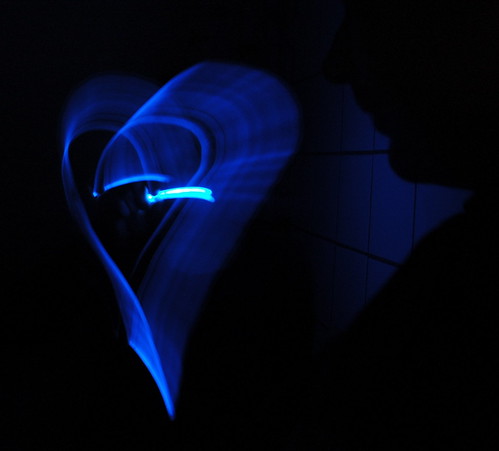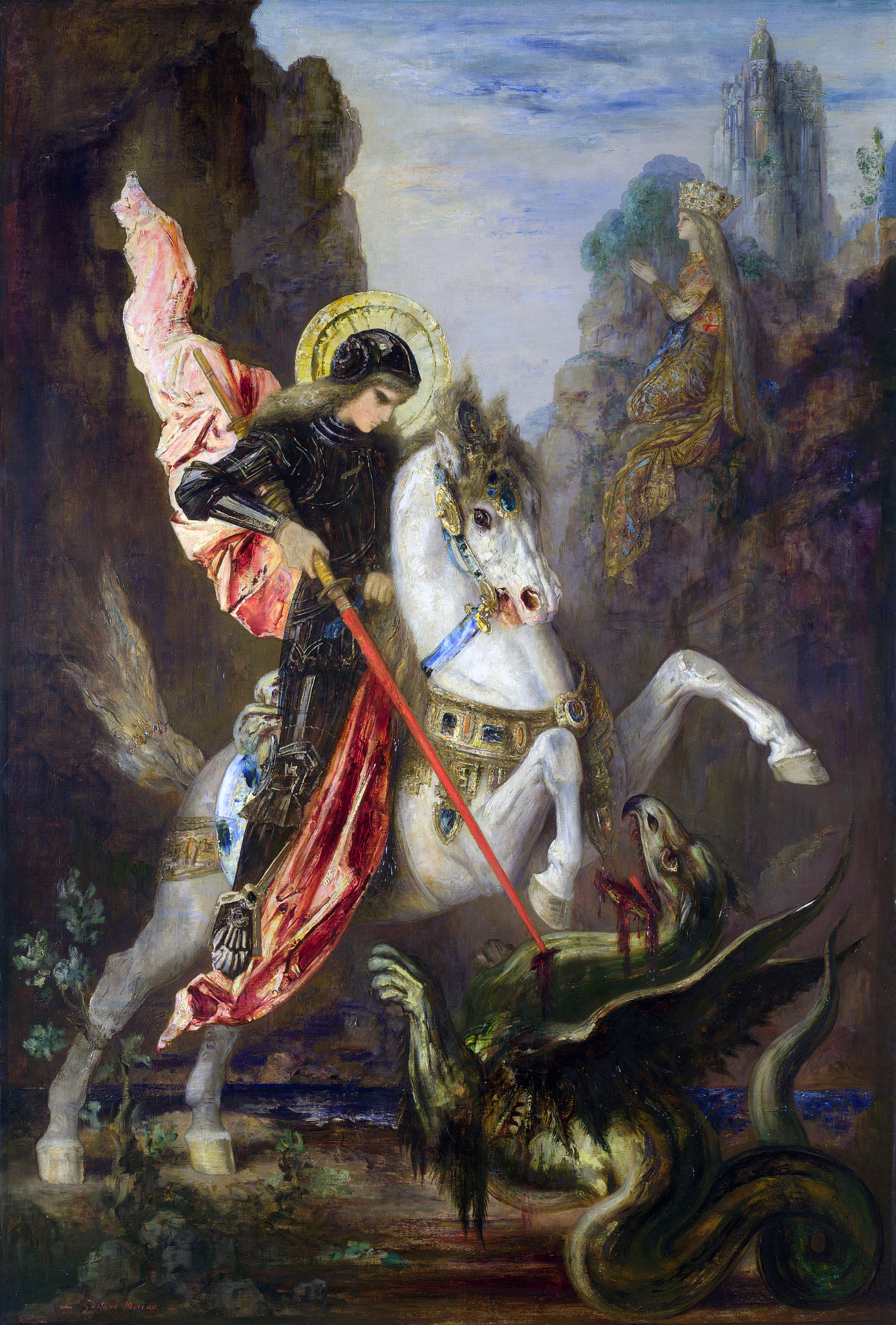
"There is neither perfect evil, nor perfect justice"
Shaka of Virgo
A few days ago I ran into one of my best friends (maybe the only one) and, to my surprise, he stated that he did not understand how he came to become a Marxist reader. I immediately snapped that Communism is such a terrible fraud, that even Fidel Castro knew it since the very beginning. I, however, am forced to give Fidel his due, since he has thoroughly stood tall and stuck to his ideals till the very end --nor even the most powerful nation could ever bring him down!! I told my friend later that utopias were, and are, delusions which only naïve kids take seriously, since there is neither total evil nor complete justice (being fair to someone might mean a wretch for somebody else) in this world. Where on earth did this simplistic yet irrefutable philosophy (I write this word due to the lack of a better term) come from? From a bothersome, bitter scholar? Did I find it in a shitty philosophers' maxims compilation? Well, I discovered this truth neither in books nor in philosophical treaties, but in popular manga-anime series Saint Seiya at a quite early stage of my life.
Even if Saint Seiya may fail to fulfill freaks's demands, some of its traits are worth analysing. Apparently, Saint Seiya tells the story of a group of knights who fight by the side of goddess Athena's human reincarnation to save the world and keep peace and justice in order. Through their way they acquire super-human abilities and powers. Surprising? Not really, even if we all as children really enjoyed watching people tearing someone's chest with their fists only, not mention the lots of blood and violence that were displayed in the TV screen. Back then (I write about a long time ago, 1994 exactly), nothing else could ever get over that series, since this Japanese anime had everything (who didn't spend his/her weekends in the morning watching every chapter and suffering their plot?) Yet, 14 years is a long time and my points of view are not (fortunately) the same any longer, since I have developed certain "criteria" to look at things and judge them from another point. Even if I still fall for the visual and aesthetic content, Saint Seiya has a lot of failures that appear under another light:
1. Its length wears everything out. It's way too long, at least, for its very plot, which only consists of saving the girl and the world, only.
2. Failures of characterization blatantly come up. Kurumada should have taken advantage of the previous point to coherently develop more manifold characters. All of them lack Post-Modern psychology, anti-hero attitude, and traumas we all love (Evangelion takes less time but successfully manages to fulfill this task.)
3. Plain structure. The only way to tell a saga from the previous one is the setting. Apart from the scenery, their frames share the same appearance.
4. Suspicious blending. Athena quite resembles both Virgin Mary and Jesus Christ. In the Classical tradition, Athena was anything but motherly --gods did not even care a damn for humans. Anyway, how come a Japanese author shares Western, even Christian, values and ideals? Malicious critics might regard this as a lame marketing alibi.
5. Saint Seiya mostly borderlines melodrama, both inwardly and outwardly. Why? Just picture this: a secret organization has a group of war orphans sent throughout the world, just to be turned into killing machines, and then recruits them to carry out secret missions and fight in underground wars against demi-invincible enemies. Here lies the true melodrama, you take orphans because no one would get mad if they die.
6. Kurumada and his crew took many elements (e.g. religion, mythology, philosophy, legends, ancient and modern history, etc) that could have truly helped him to create a series with plenty of readings and meanings, deeper plots and multi-layered personae that could have been totally worthwhile. Unfortunately he only made use of all those elements quite shallowly.
(Maybe all these failures might become the most interesting traits after all.)
His work, nevertheless, possess worthwhile features, as I have already stated. One of these (which seems to be the most appealing) is aesthetics. Kurumada et al spare no effort to portray, physically, attractive characters. If the plenty men in the series were pretty, the scant women looked even more beautiful. This is one of Saint Seiya's most unforgivable failure: its lack of female beautiful characters that countered that constant homo-erotic atmosphere. Anyway, we still look forward to find out how the final OVA's look.





No hay comentarios:
Publicar un comentario